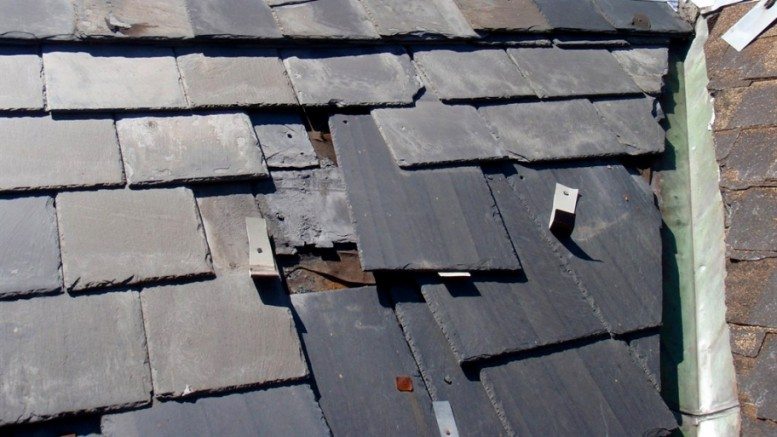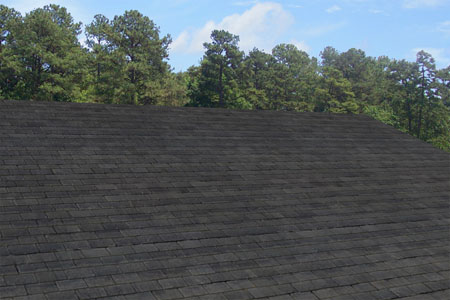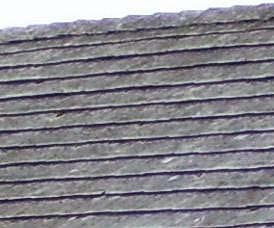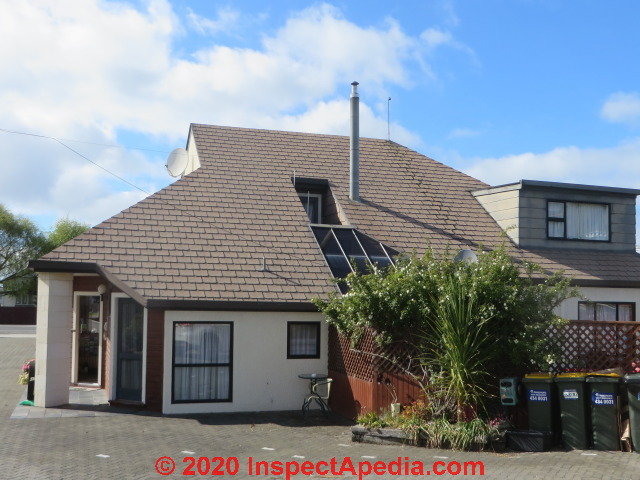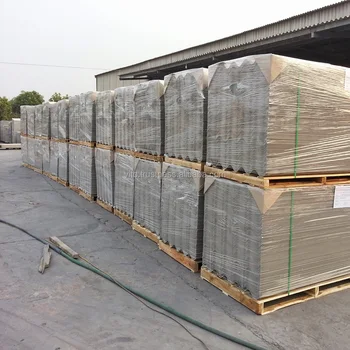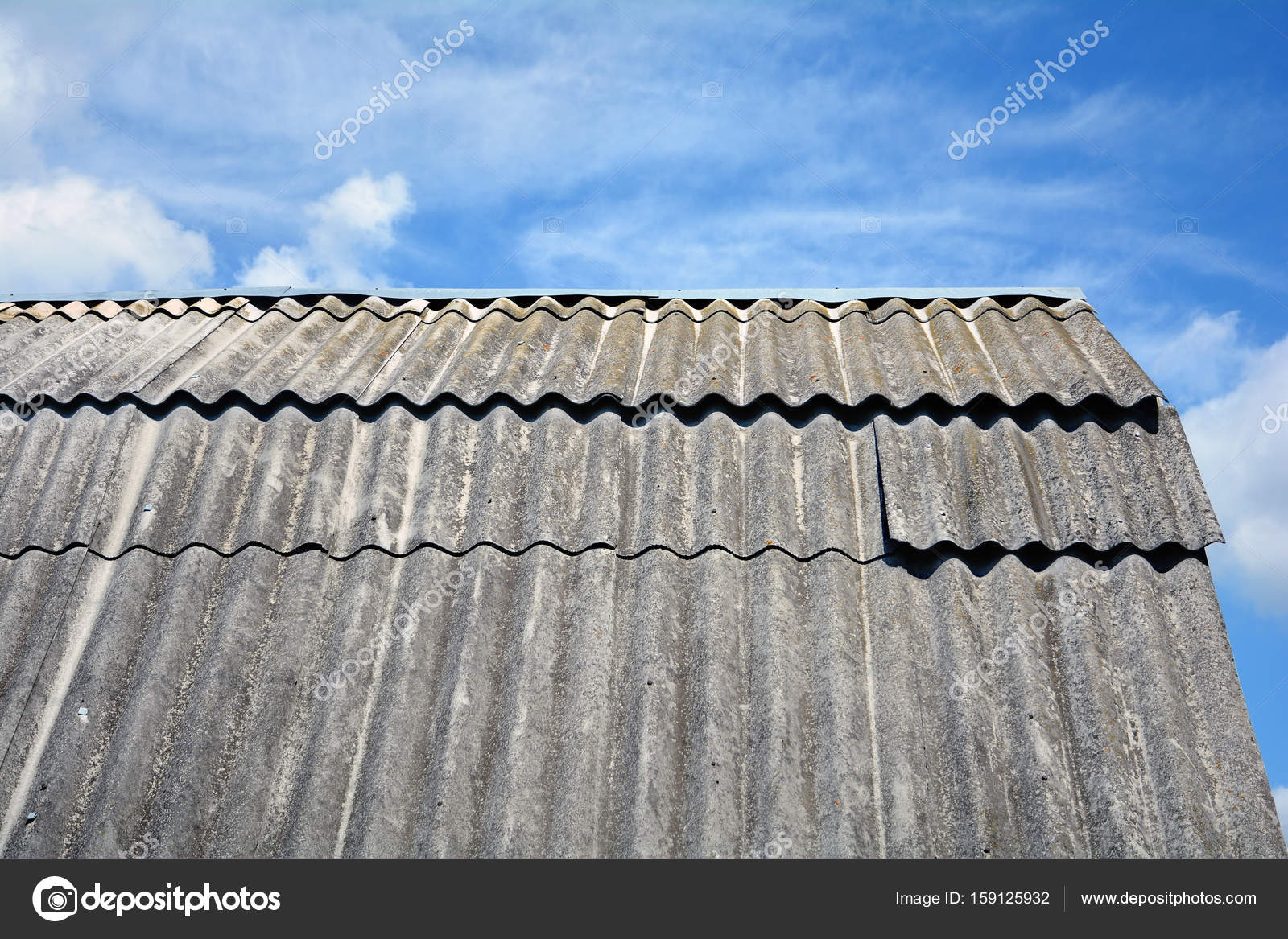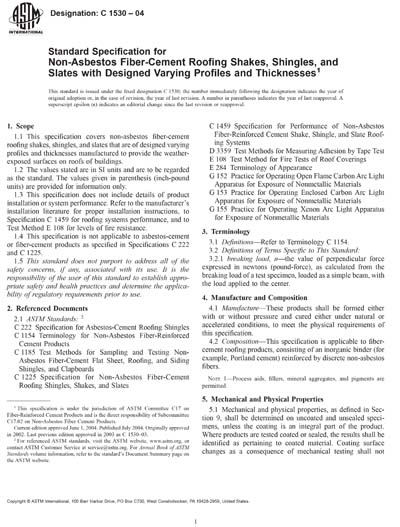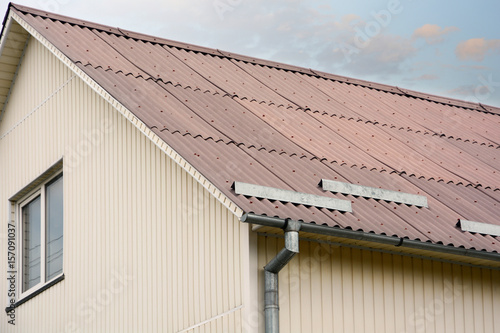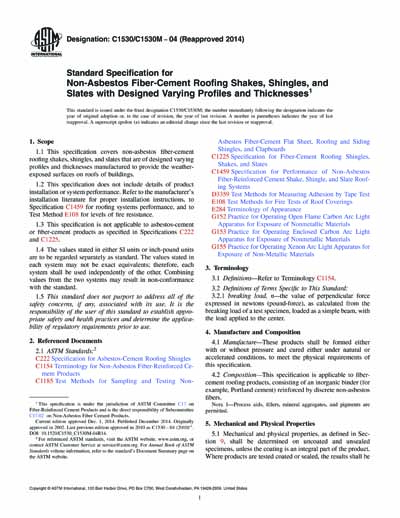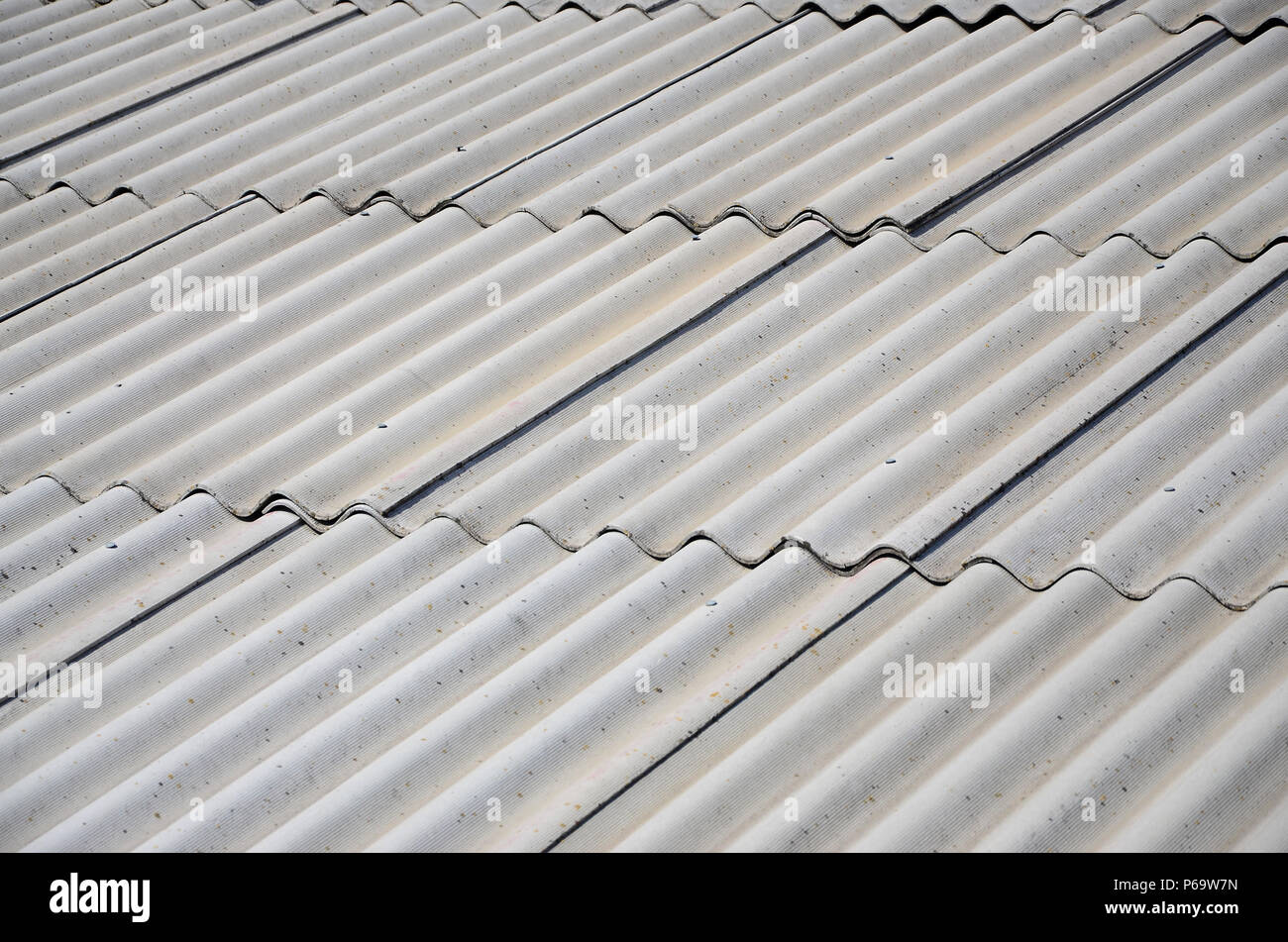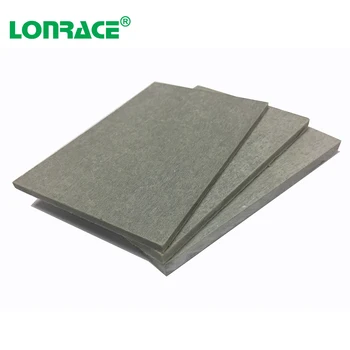When removing asbestos siding or roofing from your home you must be properly covered head to toe with respirators properly worn to make sure no exposure is possible.
Non asbestos roof slates.
Before the 1980s most artificial roofing slate was made from asbestos cement a material that had a long track record of successful performance.
This can release fibers into the air.
The slates are pigmented during production and are fully compressed.
Cembrit fibercement slates are manufactured using portland cement together with a non asbestos formulation of superior blended synthetic and cellulose fibres.
It only takes being exposed to asbestos one time to get mesothelioma and other lung diseases and any improper handling of asbestos can impact a person s health down the road.
A number of these products promising a life of 50 years or longer were found to fail early in their life in the 1990s.
A number of non asbestos manufactured or synthetic slates or fiber cement roof shingles slate tiles that were produced when manufacturers stopped using asbestos were made using wood fibers or other materials.
Asbestos containing roofing materials were a popular choice for the citizens of the u s.
Thanks to its impressive durability and fire resistance the mineral was widely used in a variety of roofing slates.
Asbestos roofing tiles are predominately comprised of cement.
The fire resistant properties of these roof tiles weren t the only reason they were so popular as asbestos is incredibly durable and strong.
Asbestos was banned in 1989 so as the buildings that incorporated it age their roofing and siding will fall into disrepair.
They are finished with a high quality semi matt acrylic coloured coating to the top face and edges and a tinted or transparent high performance binder to the back face.
Asbestos siding in particular however has a tendency to chip crack and break with normal wear and tear of family life.

